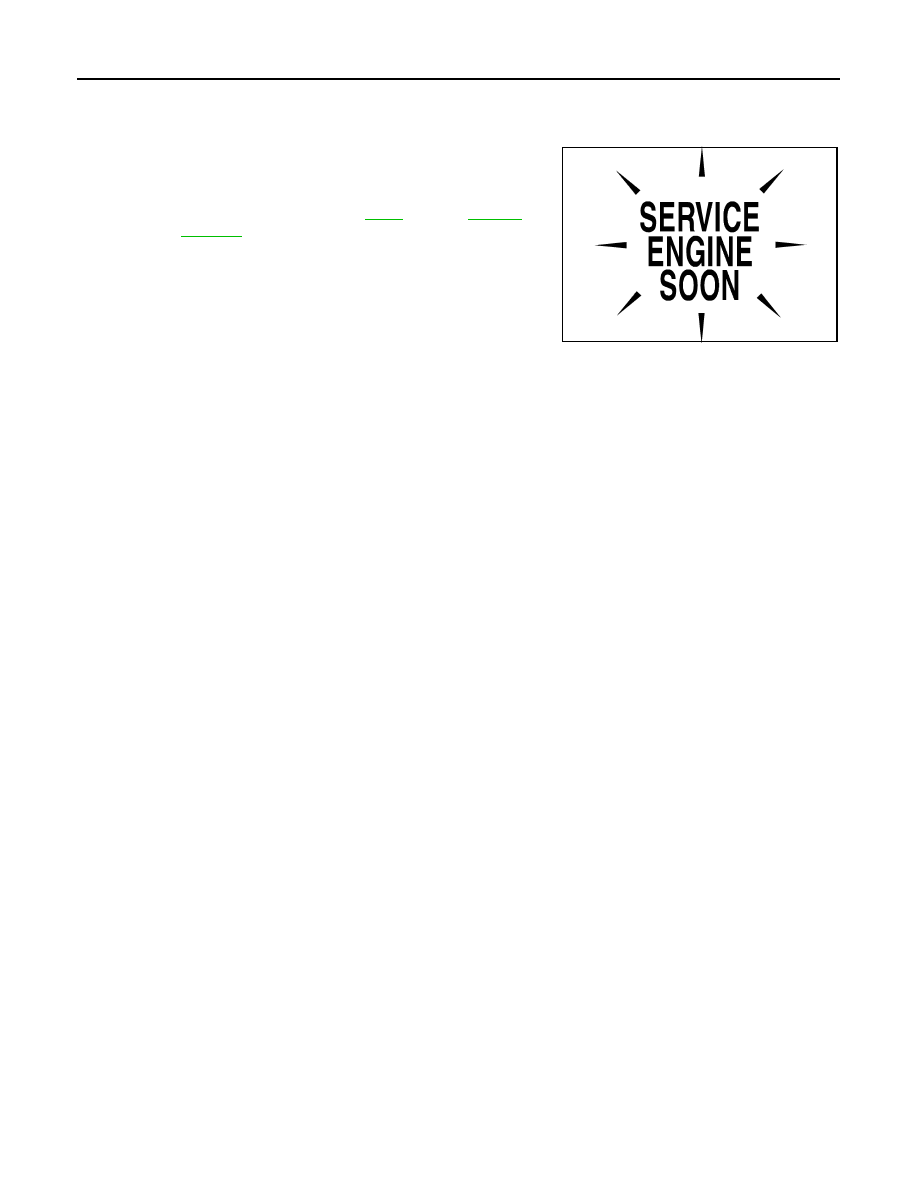Infiniti FX35 / FX45. Manual - part 28

AT-40
< SERVICE INFORMATION >
ON BOARD DIAGNOSTIC (OBD) SYSTEM
Malfunction Indicator Lamp (MIL)
INFOID:0000000001327147
DESCRIPTION
The MIL is located on the instrument panel.
1.
The MIL will light up when the ignition switch is turned ON with-
out the engine running. This is a bulb check.
• If the MIL does not light up, refer to
, or see
VQ35DE) or
(for VK45DE).
2.
When the engine is started, the MIL should go off.
If the MIL remains on, the on board diagnostic system has
detected an engine system malfunction.
SEF217U